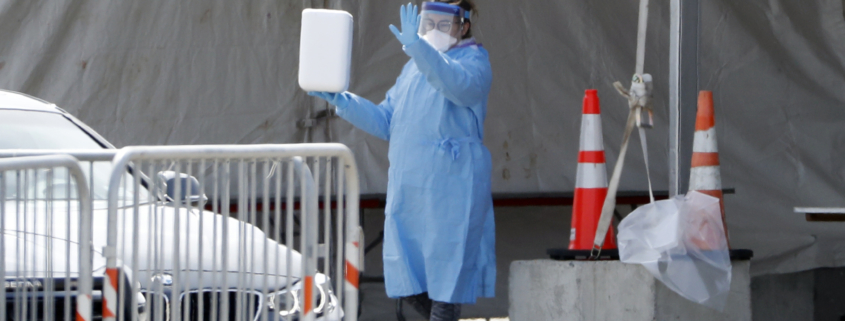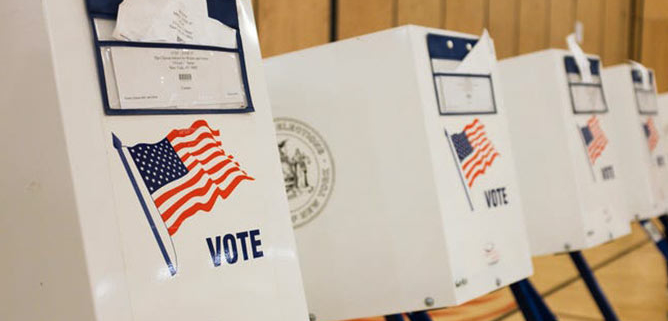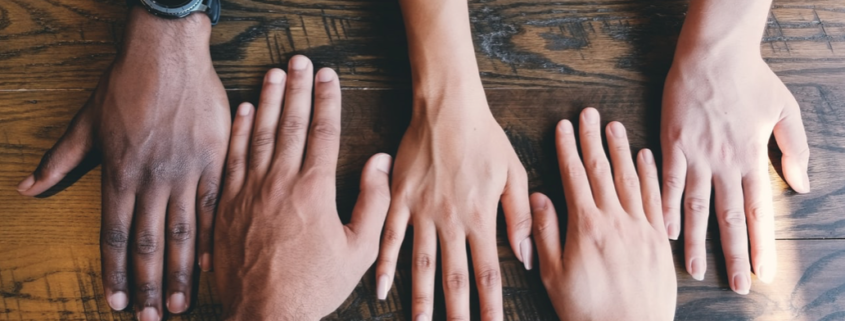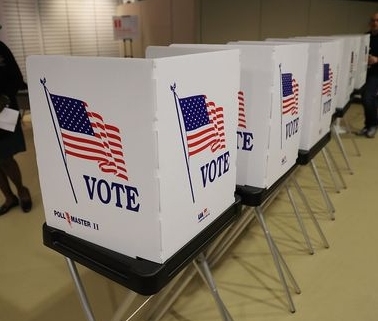How to Vote in the US (Step by Step)
Your Voter Resource Guide
At Common Ground Committee, our goal is to bring individuals together from all sides to bring light, not heat, to public discourse. We also believe that voting is every citizen’s right, responsibility, and privilege.
We are here to help you through the voting process — from registering and finding your voting location (or learning how to vote remotely) to learning about the issues and the candidates.
Get started now with the few easy steps below!
5 Easy Steps to Vote
Each one of these steps is critical to making your opinion, voice, and vote count on election day.
Step #1: REGISTER to vote
Whatever your political preference, your right to vote gives you the chance to be heard and impact the direction of our country. According to data from the U.S. Elections Project in 2016, 43 percent of voters did not fill out their ballots. Why? Many Americans don’t know enough about the voting process, how to register, or are unaware of registration deadlines. Rock the Vote provides an easy link to get started on your registration in moments. Vote411 from the League of Women Voters Education Fund can also help you check your registration status, get registered, and find information about the issues.
Step #2: Know WHERE to vote
If you aren’t requesting an absentee ballot, make sure you know where you can vote — and have a plan to get there. Of the 29 percent of older adults who did not vote in 2016 (approximately 2,262,000 voters), about half were held back by poor access to transit. Ride share programs and volunteer transportation assistance are available across the country to help seniors and others with mobility challenges get to the polls.
Step #3: Know WHERE candidates stand
Before you cast your vote, make sure you’re informed about the candidates and their stances on today’s issues. Tools like BallotReady and VoteSmart help sort the information on thousands of politicians and the thousands of issues at stake. Common Ground Committee also has a unique tool, the Common Ground Scorecard, to rate politicians on how well they reach across the aisle to find common ground.
Step #4: Have the IDENTIFICATION you need
Some states require proof of identification to vote. Make sure you have the correct personal identification needed in your state (if any) to cast your ballot.
Step #5: VOTE!
Whether it’s your first time voting or you’ve exercised your right many times, making it a priority to get there is the most important step of all. You have a voice and privilege, so stand up for what you believe. Races can be closer than you’d imagine — so just do it!
Resources for Informed Voting
A sign of a healthy democracy at work is an active network of advocates providing the tools for an educated population. Here are some of ours here in the U.S.
Tool #1: Ballotpedia
Ballotpedia is a non-profit organization focused on educating the public on current political issues, elections, current candidates, and more. Whether you are considering running for office, contemplating your voting options, or looking for the latest news from an unbiased source, Ballotpedia is a tool committed to clarity and neutrality.
Website: https://ballotpedia.org
Instagram: @ballotpedia
Facebook: @Ballotpedia
Twitter: @ballotpedia
Tool #2: VoteSmart
Looking for information on the latest candidates and elected officials? Votesmart has profiles, voting records, contact information, issue positions, public statements, and more. One of its key features is the “Political Courage Test,” which offers a unique kind of transparency: insight into how likely candidates are to give straightforward answers to voters’ questions.
Website: https://justfacts.votesmart.org/
Facebook: @ProjectVoteSmart
Twitter: @VoteSmart
Tool #3: Vote411
Vote411 is known as a one-stop-shop for the information you need for the election process: the ability to check your registration status, register, find upcoming events, discover (and decipher) questions on your ballot, simplify steps for first-time voters, and more. An interactive state-by-state map is a hallmark of the site.
Website: https://www.vote411.org/
Instagram: @vote411
Facebook: @vote411
Twitter: @VOTE411
Tool #4: When We All Vote
It’s critical it is for all citizens to participate in the political process; that’s the belief that drove the formation of When We All Vote. This nonpartisan non-profit organization was founded in 2018 by Michelle Obama, Tom Hanks, Lin-Manuel Miranda, Janelle Monae, Chris Paul, Faith Hill, and Tim McGraw. Their ideology? That the country is in a better place and can move forward successfully when you guessed it — we all vote.
Website: https://www.whenweallvote.org/
Instagram: @whenweallvote
Facebook: @WhenWeAllVote
Twitter: @WhenWeAllVote
Tool #5: Common Ground Scorecard
Let us be one of your trusted resources! The Common Ground Scorecard is your free, online guide for identifying candidates who seek common ground to make progress on the issues. Interactive features (such as a map) help you identify your elected officials (so you don’t have to look them up) making it easy to use. You can even compare up to six candidates.
Website: https://www.commongroundscorecard.org/
Instagram: @commongroundcommittee
Facebook: @commongroundcommittee
Twitter: @commongroundcom
Tool #6: Activote
Activote’s easy-to-use nonpartisan app – learn more about the features – educates voters on important issues, when and where they can cast their vote, connects them with their elected officials, and allows them to make their voice heard by quickly answering key polling questions. Join voters in all 50 states, of all parties, and of all ages & join in on #DailyDemocracy. Try it on the web or on mobile on GooglePlay or the Apple App Store.
Website: https://www.activote.net
Check back here for future updates on voting. Also, check out our recent Op-Ed on mail-in voting, and sign up for our newsletter for more resources to help you vote!
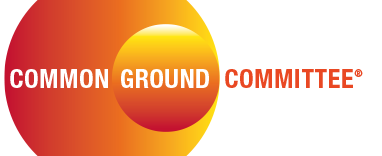

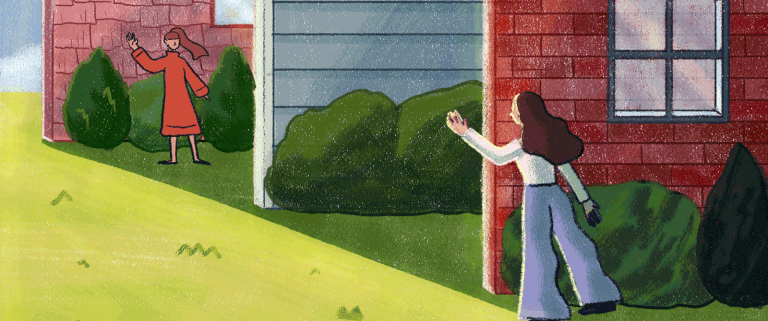
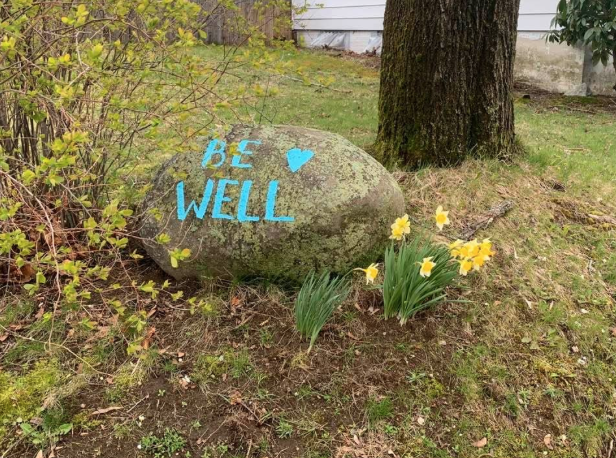
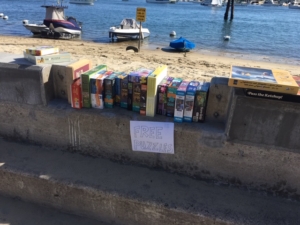 I am a fan of jigsaw puzzles, and they were stacked and stashed in multiple nooks and crannies in our beach house. I sorted them by size and theme and they are now impeccably organized – PLUS I gave away twenty two of them. I set them out on the seawall with a sign that said “Free Puzzles,” and passersby helped themselves to all but three (and I have since found homes for two of those).
I am a fan of jigsaw puzzles, and they were stacked and stashed in multiple nooks and crannies in our beach house. I sorted them by size and theme and they are now impeccably organized – PLUS I gave away twenty two of them. I set them out on the seawall with a sign that said “Free Puzzles,” and passersby helped themselves to all but three (and I have since found homes for two of those). I attached a picture of the area where I live, modern and old, not too old :)) 1800s buildings. The skyscraper on the left was designed by Zaha Hadid, and on the right by japanese architect Isosaky and the third which is not in the picture is by Libeskind. I also attached the most recent video I could find of the area fairly updated. I live in the one old house turn of the century near the new ones. ~ Milano, Italy
I attached a picture of the area where I live, modern and old, not too old :)) 1800s buildings. The skyscraper on the left was designed by Zaha Hadid, and on the right by japanese architect Isosaky and the third which is not in the picture is by Libeskind. I also attached the most recent video I could find of the area fairly updated. I live in the one old house turn of the century near the new ones. ~ Milano, Italy